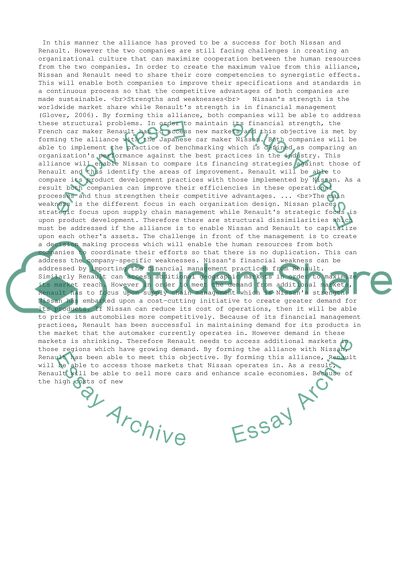Cite this document
(“The logic of alliance Value Creation model on case study Renault and Assignment”, n.d.)
Retrieved from https://studentshare.org/business/1417137-the-logic-of-alliance-value-creation-model-on-case
Retrieved from https://studentshare.org/business/1417137-the-logic-of-alliance-value-creation-model-on-case
(The Logic of Alliance Value Creation Model on Case Study Renault and Assignment)
https://studentshare.org/business/1417137-the-logic-of-alliance-value-creation-model-on-case.
https://studentshare.org/business/1417137-the-logic-of-alliance-value-creation-model-on-case.
“The Logic of Alliance Value Creation Model on Case Study Renault and Assignment”, n.d. https://studentshare.org/business/1417137-the-logic-of-alliance-value-creation-model-on-case.


